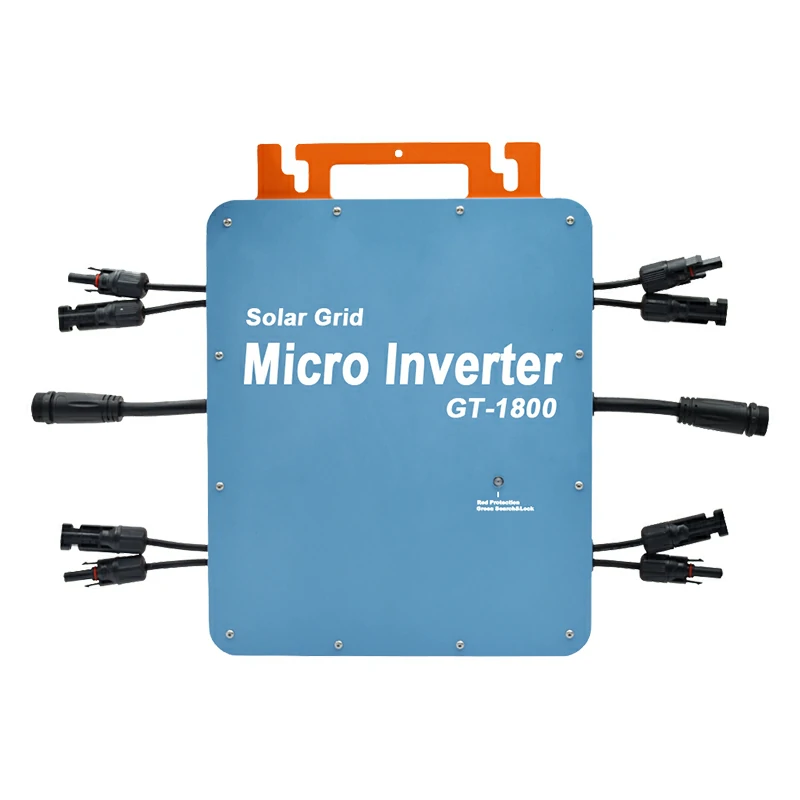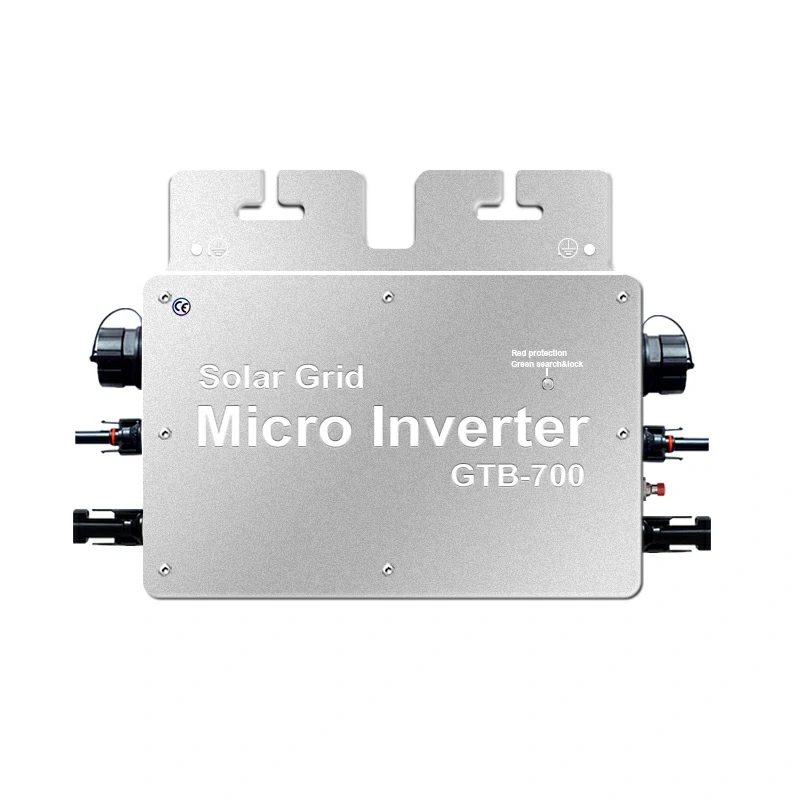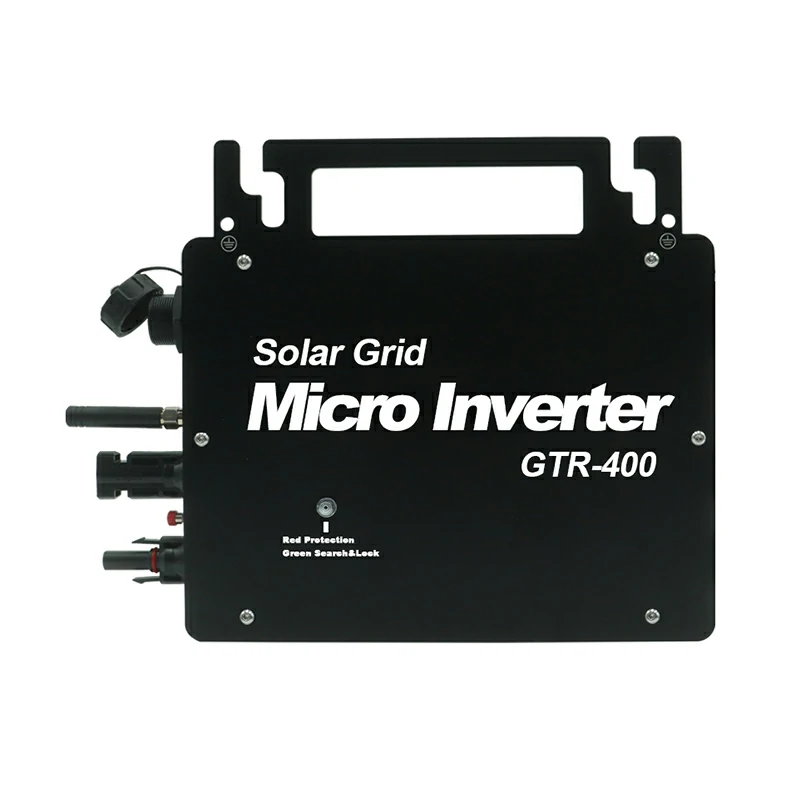I. Introduction
In today’s world, inverters play a crucial role in converting direct current (DC) to alternating current (AC), making them essential for various applications, from solar energy systems to portable power solutions. Among the different types of inverters available, pure sine wave inverters and modified sine wave inverters are the most common. This article aims to clarify the differences between these two types of inverters, helping consumers make informed purchasing decisions.
II. Understanding Inverter Types
A. Definition of Pure Sine Wave Inverter
A pure sine wave inverter produces a smooth and continuous waveform that closely resembles the AC power supplied by utility companies. This type of inverter is designed to provide high-quality power output, making it suitable for sensitive electronics and appliances that require stable voltage levels for optimal performance.
B. Definition of Modified Sine Wave Inverter
In contrast, a modified sine wave inverter generates a stepped waveform that approximates a sine wave but lacks the smoothness of pure sine waves. While modified sine wave inverters are often more affordable and simpler in design, they may not be compatible with all devices, especially those that require clean power for proper operation.
III. Key Differences Between Pure and Modified Sine Wave Inverters
A. Output Quality
The most significant difference between pure and modified sine wave inverters lies in their output quality. Pure sine wave inverters deliver a clean and consistent waveform, which is essential for sensitive electronics like computers, medical devices, and audio equipment. On the other hand, modified sine wave inverters can introduce electrical noise and may cause devices to operate inefficiently or even malfunction.
B. Compatibility with Devices
When considering compatibility, pure sine wave inverters excel at powering a wide range of devices without issues. Many modern appliances—such as refrigerators, microwaves, and even some LED lights—are designed to work optimally with pure sine wave power. Conversely, using a modified sine wave inverter can lead to problems with sensitive equipment, resulting in overheating or reduced lifespan.
C. Efficiency and Performance
Efficiency is another crucial factor to consider when comparing these two types of inverters. Pure sine wave inverters tend to be more efficient, leading to better battery life and overall performance. They generate less heat and operate more quietly than their modified counterparts, making them ideal for applications where noise reduction is essential.
IV. Advantages of Pure Sine Wave Inverters
A. Improved Device Longevity
One of the primary benefits of using a pure sine wave inverter is its ability to extend the lifespan of connected devices. By providing clean power without voltage spikes or distortions, these inverters reduce wear and tear on electronics, ensuring they function optimally for longer periods.
B. Better Performance for Appliances
Pure sine wave inverters are particularly beneficial for appliances with motors or complex circuitry. For instance, when powering tools or appliances like air conditioners with a pure sine wave inverter, users can expect improved performance and efficiency compared to using a modified sine wave inverter.
C. Reduced Electrical Noise
Another advantage is the reduction of electrical noise produced by pure sine wave inverters. This characteristic is particularly important for audio equipment and communication devices that can be adversely affected by electrical interference.
V. Disadvantages of Modified Sine Wave Inverters
A. Potential Damage to Sensitive Electronics
While modified sine wave inverters may be cheaper upfront, they pose risks to sensitive electronics that can lead to damage over time. Devices such as laptops or medical equipment may not function correctly when powered by a modified sine wave inverter.
B. Limited Compatibility
The compatibility limitations of modified sine wave inverters mean that consumers must carefully consider their devices before making a purchase decision. Many modern appliances are designed with pure sine wave power requirements in mind, making it crucial to choose an inverter that meets these needs.
VI. Cost Considerations
A. Initial Investment vs. Long-Term Savings
When evaluating costs, it’s essential to weigh the initial investment against long-term savings. While pure sine wave inverters typically come at a higher price point than modified ones, their efficiency and compatibility can lead to significant savings over time through reduced maintenance costs and longer device lifespans.
B. Value Proposition for Consumers
Investing in a pure sine wave inverter often proves worthwhile for consumers who prioritize quality and reliability over initial cost savings. For those using solar energy systems—such as solar micro inverters—the benefits of clean power become even more apparent.
VII. Conclusion
In summary, understanding the differences between pure sine wave and modified sine wave inverters is crucial for consumers looking to make informed purchasing decisions. While both types serve their purposes, pure sine wave inverters offer superior output quality, compatibility with sensitive devices, and long-term savings through improved efficiency.
If you’re considering an inverter for your home or solar energy system—such as grid connected inverters or micro inverters—it’s advisable to prioritize quality over cost to ensure optimal performance and longevity of your electronic devices.




